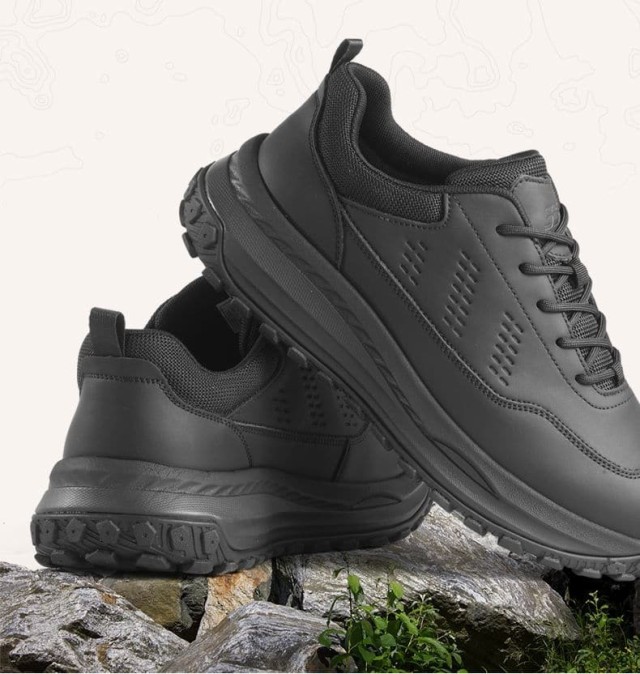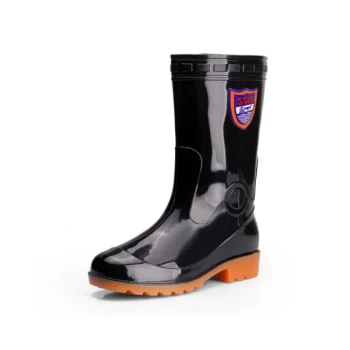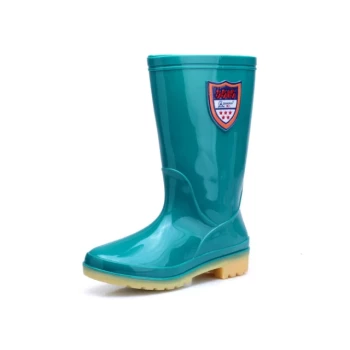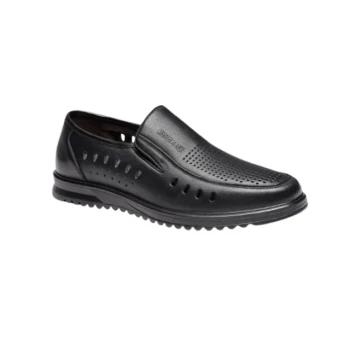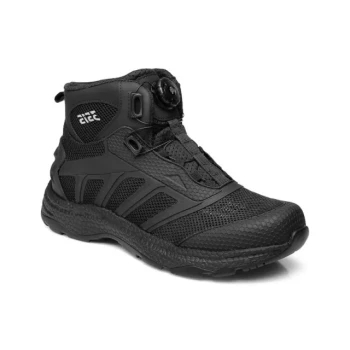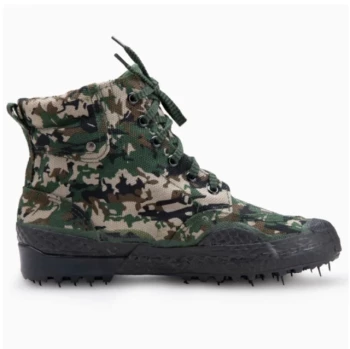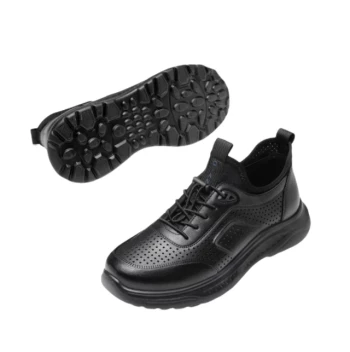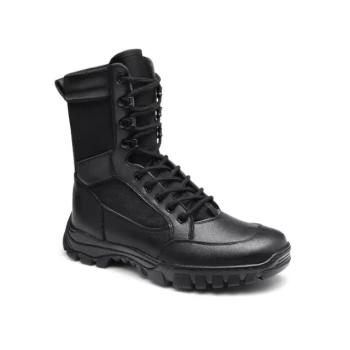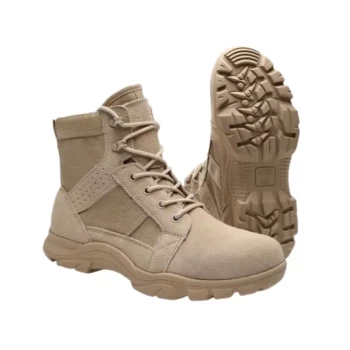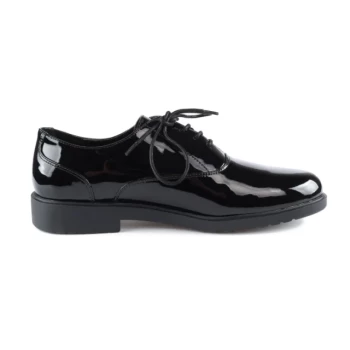For footwear manufacturers and designers, the foxing—the strip wrapping around a shoe's sole—is more than just an aesthetic detail. It’s a critical structural component that determines durability, flexibility, and bonding integrity. Extrusion has emerged as the preferred method for producing vulcanized shoe foxing, offering precision, efficiency, and material versatility unmatched by traditional techniques. This article breaks down the science behind extrusion and why it’s transforming modern footwear production.
Foxing Fundamentals in Footwear Engineering
Anatomy of Vulcanized Shoe Foxing
Foxing acts as the bridge between the upper and sole, ensuring a secure bond while withstanding daily wear. In vulcanized footwear (where heat and sulfur create cross-linked rubber), the foxing must:
- Resist delamination from repeated flexing
- Maintain elasticity across temperature changes
- Provide uniform thickness for consistent adhesion
Extrusion vs. Alternative Manufacturing Methods
While die-cutting and compression molding were historically used, extrusion dominates modern production due to:
| Method | Key Limitations | Extrusion Advantages |
|---|---|---|
| Die-cutting | Material waste (~20-30%) | Near-zero waste production |
| Compression | Inconsistent thickness | Precision dimensional control |
| Injection | High tooling costs | Lower per-unit costs |
Research shows extrusion reduces material costs by approximately 15-25% compared to die-cutting, while achieving 99% thickness consistency—critical for automated sole bonding.
The Extrusion Process Decoded
Step-by-Step Production Workflow
- Material Preparation: Rubber compounds (natural/synthetic blends) are mixed with vulcanizing agents and pigments.
- Extrusion: The mixture is forced through a custom-shaped die at controlled temperatures (typically 110-130°C), forming continuous foxing strips.
- Cooling & Curing: Air-cooled strips are vulcanized in ovens, creating permanent molecular bonds.
- Cutting/Spooling: Automated systems cut strips to length or spool them for later use.
Material Selection Criteria
Extrusion accommodates diverse rubber formulations, allowing manufacturers to tailor foxing properties:
- Abrasion Resistance: High-nitrile blends for work boots
- Flexibility: Silicone-modified compounds for athletic shoes
- Recyclability: TPE-based eco-friendly options
Strategic Advantages of Extruded Foxing
Precision Engineering for Seamless Bonding
Extrusion ensures micron-level thickness uniformity (±0.1mm), eliminating adhesive gaps that cause delamination. Brands report 40-60% fewer sole separation claims after switching to extruded foxing.
Cost-Efficiency in High-Volume Manufacturing
- Speed: Extruders output 15-30 meters/minute versus 5-10m/min for die-cutting
- Labor: One operator can manage multiple extrusion lines
- Energy: 30% lower power consumption vs. injection molding
A case study from a leading athletic brand revealed extrusion reduced foxing production costs by $0.18-$0.22 per pair at scales above 50,000 units/month.
Industry Applications
Athletic Shoe Brands Implementing Extruded Foxing
Major sneaker manufacturers now use extrusion for:
- Basketball Shoes: Thick, impact-absorbing foxing
- Running Shoes: Featherweight strips under 1mm thick
- Skate Shoes: Multi-layer reinforced designs
The technology enables intricate profiles (e.g., hollow channels for weight reduction) impossible with other methods.
Ready to Upgrade Your Foxing Production?
3515’s extrusion expertise helps footwear brands and manufacturers achieve durable, cost-effective vulcanized shoes. Whether you need high-performance athletic designs or sustainable material solutions, our team delivers foxing that outperforms industry standards. [Contact 3515] today to discuss your project requirements.
Related Products
- Durable Waterproof Rain Boots | Custom Manufacturer for Wholesale & Brands
- Safety Footwear Wholesale Manufacturer for Custom OEM/ODM Production
- Wholesale Comfortable Business Casual Shoes Custom Manufacturing
- Factory Direct Wholesale Rain Boots Durable Waterproof & Fully Customizable
- Wholesale Breathable Perforated Slip-On Loafers Custom Manufacturing
Related Articles
- How Goodyear Welt Construction Demands Specialized Waterproofing for Climate Resilience
- How to Store Goodyear Welt Shoes: Expert Methods to Preserve Form & Function
- How Multi-Layer Waterproofing Works: The Science Behind All-Weather Footwear
- How Goodyear Welted Shoes Save Money Through Engineered Resoling
